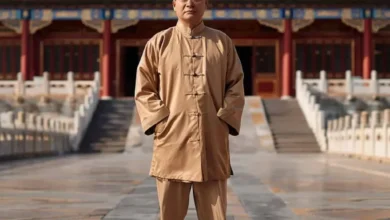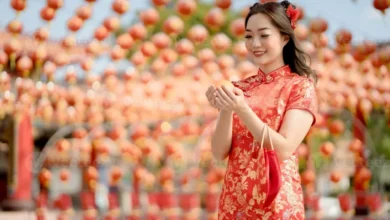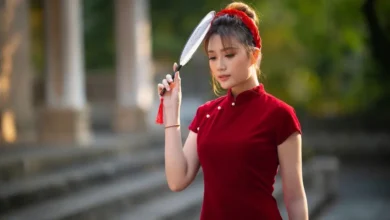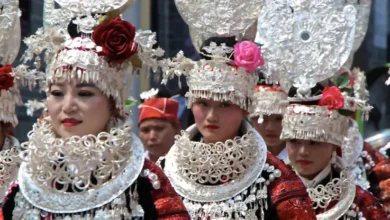What Is Hanfu?
Hanfu (汉服) refers to the traditional clothing of the Han Chinese people, a cultural heritage with over 4,000 years of history. Distinguished by its flowing robes, elegant silhouettes, and intricate designs, Hanfu holds deep cultural significance and represents the essence of Chinese traditions.
A Brief History of Hanfu
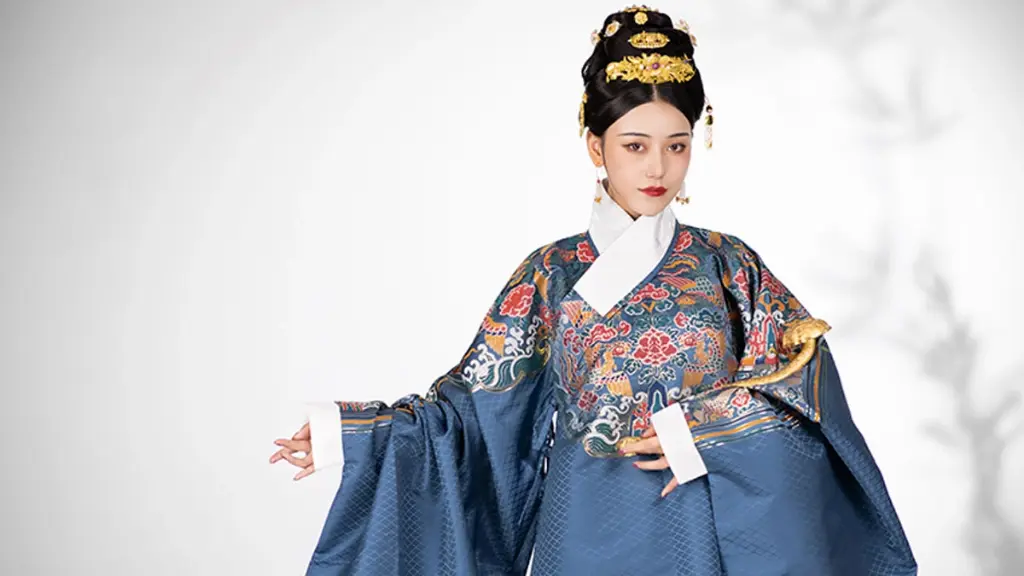
The Origins of Hanfu
Hanfu’s history dates back to the Shang Dynasty (1600–1046 BCE), where early designs began to emerge. Over time, it evolved through subsequent dynasties like the Zhou, Qin, and Han. Each era introduced new elements, from structured layers to ornamental embroidery, reflecting societal advancements and artistic tastes.
Hanfu During the Tang Dynasty
The Tang Dynasty (618–907 CE) marked a golden age for Hanfu. Known for its international influence, the period introduced flowing, wide-sleeved robes often adorned with intricate floral patterns, a style that emphasized grace and cultural refinement.
Hanfu in the Ming Dynasty
The Ming Dynasty (1368–1644 CE) saw a resurgence of Hanfu’s prominence, with an emphasis on formal ceremonial attire. Clothing became more structured, featuring symmetrical designs and rich embroidery, symbolizing Confucian ideals of harmony and hierarchy.
See also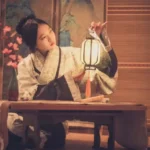 Traditional Chinese Clothing: Shenyi
Traditional Chinese Clothing: Shenyi
Key Elements of Hanfu Design
The Structure of Hanfu
Hanfu is characterized by:
- Yi (衣): The upper garment, often a wrap-around robe or jacket.
- Chang (裳): A lower garment resembling a skirt or long pants.
- Pifu (披风): An outerwear layer such as a cape or shawl, optional for colder weather or formal events.
Fabrics and Colors
Traditional Hanfu was made from silk, reflecting China’s historical mastery in silk production. Colors were often symbolic:
- Red: Happiness and celebration.
- Black: Formality and dignity.
- White: Mourning and purity.
Embroidery and Patterns
Common motifs include:
- Dragons and phoenixes: Representing power and balance.
- Clouds and waves: Signifying harmony with nature.
- Flowers: Symbolizing beauty, femininity, and seasons.
Cultural Significance of Hanfu
Symbol of Han Chinese Identity
Hanfu represents the rich cultural heritage of the Han ethnic group, reflecting Confucian values such as propriety (礼) and filial piety (孝).
See also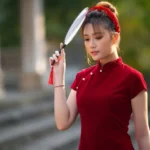 Traditional clothing in china: The Timeless Elegance of the Qipao Dress
Traditional clothing in china: The Timeless Elegance of the Qipao Dress
Spiritual and Philosophical Implications
The clothing embodies the concept of Heaven, Earth, and Humanity (天地人) in its design, often featuring flowing lines that echo nature’s balance and harmony.
Modern-Day Revival
Hanfu is experiencing a cultural resurgence as younger generations embrace it to reconnect with their roots and showcase traditional Chinese aesthetics on a global stage.
Types of Hanfu Styles
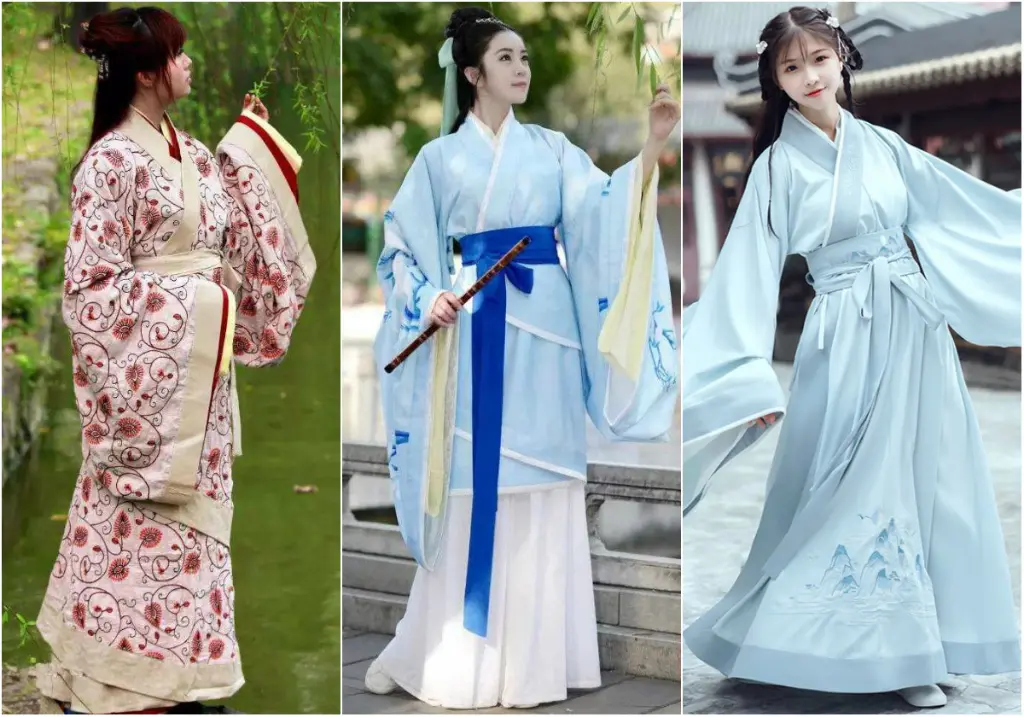
Ruqun (襦裙)
Ruqun is a two-piece ensemble with a short jacket (ru) paired with a long skirt (qun). It is a popular choice for festivals and casual wear.
Shenyi (深衣)
The Shenyi is a one-piece robe with an overlapping lapel, known for its elegance and ceremonial use.
Zhiduo (直裰)
The Zhiduo is a long, straight-cut robe, traditionally worn by scholars and intellectuals.
Daxiushan (大袖衫)
Known for its wide, flowing sleeves, this style epitomizes grandeur and was favored by nobility during the Tang Dynasty.
How to Wear Hanfu
Step-by-Step Guide to Wearing Hanfu
- Start with the Yi: Wrap the upper garment around your torso, securing it with a fabric belt.
- Layer the Chang: Pair it with a skirt or pants, ensuring symmetry.
- Add Accessories: Incorporate a sash, hair ornaments, or jewelry for authenticity.
Dos and Don’ts
- Do: Choose fabrics that match the season.
- Don’t: Mix Hanfu with non-traditional elements, as it can dilute its cultural authenticity.
Where to Buy Hanfu
Online Stores
Numerous websites cater to Hanfu enthusiasts, offering a variety of styles and price ranges. Popular platforms include Taobao, AliExpress, and dedicated Hanfu stores.
Physical Markets in China
In cities like Beijing, Shanghai, and Xi’an, traditional markets often feature local artisans who create authentic Hanfu.
Hanfu in Modern Fashion
Incorporation in Daily Wear
Hanfu is being adapted for modern lifestyles, with simplified designs and lighter fabrics making it practical for everyday use.
Hanfu in Film and Television
Chinese period dramas have played a significant role in popularizing Hanfu, introducing its elegance to global audiences.
Festivals and Events Featuring Hanfu
Hanfu Day
An annual celebration promoting traditional clothing, where enthusiasts gather in full attire to honor Chinese culture.
Weddings and Ceremonial Events
Hanfu is increasingly chosen for weddings, as its elegance and symbolism align with auspicious occasions.
Why Is Hanfu Important in Chinese Culture?
Hanfu is more than clothing; it is a living testament to China’s artistic and philosophical heritage, representing the country’s values, aesthetics, and evolving identity.
Closing Thoughts on the Legacy of Hanfu
The revival of Hanfu is a reflection of China’s growing appreciation for its past while looking towards the future. It serves as a bridge between generations, uniting people through shared history and timeless beauty.
